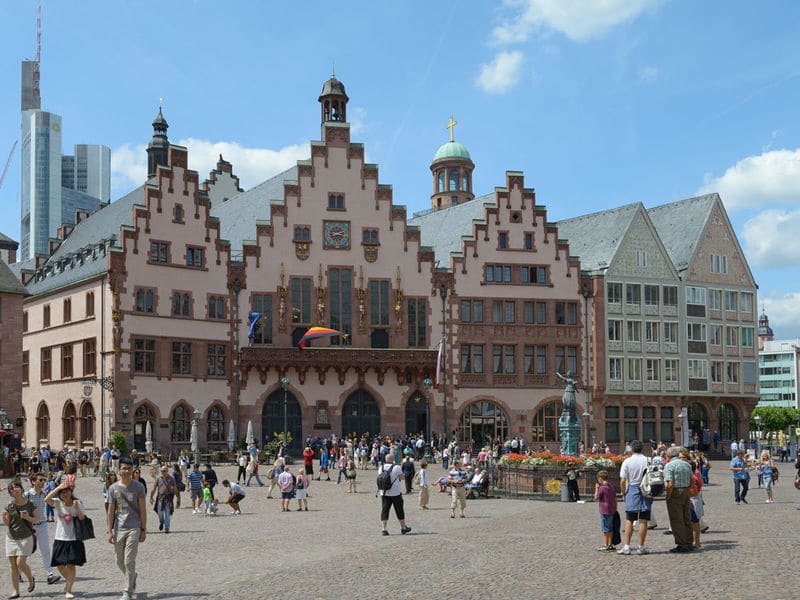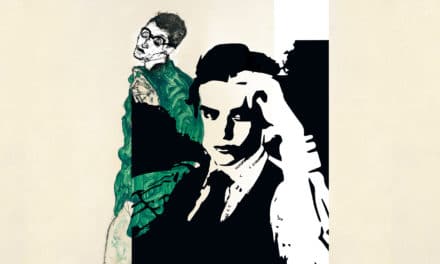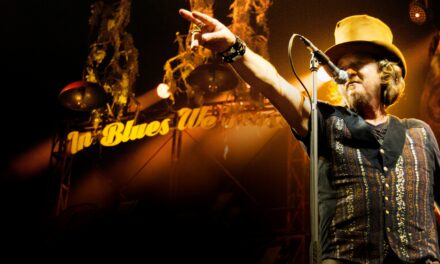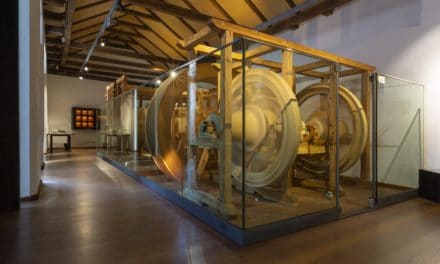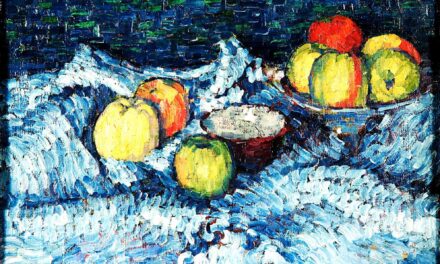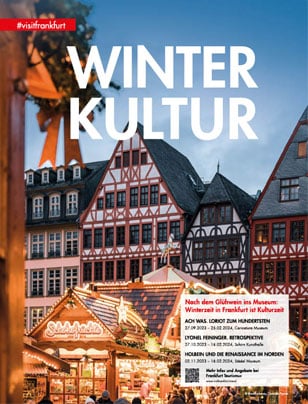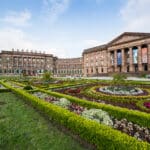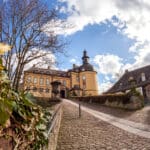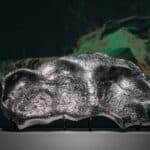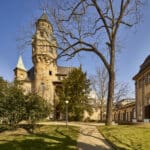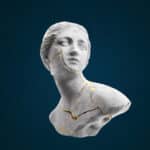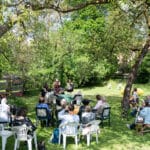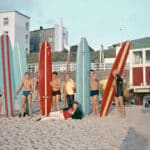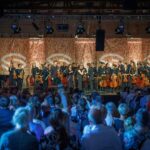As early as 1405, the Patrician House became the town hall of the city of Frankfurt and is still the seat of the Lord Mayor today.
Of the many sights in Frankfurt, the Frankfurt Town Hall, the Römer Frankfurt, is probably one of the most impressive. It is one of the oldest and most beautiful town halls in Germany, which is why it is often referred to as "Frankfurt am Römer" rather than Frankfurt am Main. Not only Frankfurt's rulers, but also the high princes of the state came and went here. The metropolis is still governed by the Römer Frankfurt today, as the Lord Mayor of the city occupies the office above the Schwanenhalle, where almost all of her predecessors conducted the official business of the metropolis on the Main.
Frankfurt's old town hall, the Römer Frankfurt, looks back on a long history. In 1405, the city council bought two houses on the current site of the Römer, the "Zum Römer" house and the "Zum Goldenen Schwan" house, and built the city's seat of government there.
The first town hall building had become too small and insignificant for the growing city. It was demolished when construction of the cathedral tower began in 1415. The town council was granted the privilege of building a new town hall as early as 1329, but the construction of the new town fortifications after 1333 and the high ransom demands that had to be paid after the Battle of Kronberg (1389) meant that a new building was repeatedly postponed. In 1405, the town council decided to buy two houses. The Römer and Goldener Schwan houses have been owned by the town since March 11, 1405. Large halls were built on the first floor, which were rented out during trade fairs. There are various explanations for the name of the town hall: One says that the merchant who lived here until the building came into municipal ownership traded mainly with Rome and Italy.
However, the Frankfurt Town Hall was not only a center of political activity for the city of Frankfurt, but for the entire German Empire at the time. In Frankfurt am Römer, in the Hus des Riches (House of the Empire), the preliminary talks for the election of German emperors and kings were held. In 1592, the city of Frankfurt became the coronation city of the kings and emperors of Germany. After the solemn coronation ceremony in the cathedral, the crowned heads made their way to the Kaisersaal in Frankfurt's Römer, where the grand coronation banquet took place and the king or emperor presented themselves to the people at the window. Like the entire historic town hall, the Kaisersaal in Frankfurt can be visited today.
After the Second World War, the buildings of the Römer were also badly damaged, as were many of Frankfurt's sights. However, as significant parts of the internal building elements had been preserved, restoration work could already be started in the early 1950s. Further restoration work was carried out in 1975 - particularly on the balcony, the coat of arms and the imperial statues on the façade. In the course of the reconstruction, the surrounding houses of the Römer am Römerberg were also included in the restoration. At least in terms of the façades, it was thus possible to largely match the historical appearance.
Today, the old town hall is a much-visited sight. The large annual Christmas market takes place on the forecourt.

